André Kértész remains my largest influence when I am behind the camera. It may have been chance that a professor lent me one of his books when I was eighteen but that chance gift was my introduction into the world of photography. Kértész was the first master whose images I studied and I pored over that book for hours. I could have easily been handed a monograph by Arbus or Avedon or Adams. Perhaps my professor knew what she was doing.
I have been following that initial insight and inspiration ever since. Many times I find myself unintentionally copying Kértész on the street.
There is a gentle humanistic quietness, an easy poetry to his images and a seeming raw, amateurish quality that makes his images readily accessible. The incredible perfection of Cartier-Bresson or Salgado can sometimes create a personal distance between the image and the viewer because the flawless, stunning compositions and technique can render an image almost to the level of a graphic, it being so pure of form and idea. The converse is Kértész’s work with its easy homeyness that is flawed and familiar, inviting and intimate, and in the end, deeply personal. The series of images he made of the glass sculpture that reminded him of his departed wife is a subject of heartbreaking vulnerability, a view that few of the masters have ever let us see.
He is considered the grandfather of street photography. The Getty Museum’s Photography Curator, Weston Naef described Kértész as
a little like Christopher Columbus, who discovered a new world that, in the end, was named for someone else.
Cartier-Bresson also said once said of himself, Robert Capa, and Brassaï, that
Whatever we have done, Kertész did first.
He is also credited by Brassaï as being his mentor and the one who encouraged him to document the nights of Paris.
Except for his celebrated period in Paris in the 20’s and 30’s, he has always been tragically under appreciated and oddly looked over especially after his relocation to the United States. Because of this, he is something of a photographer’s photographer, cherished by those who shoot and those who study those who have shot.
I still find myself looking at a proof sheet, wondering about the familiarity of an image I’ve created until I realize that it is my version of a Kértész.
I am an amateur, and I intend to remain an amateur for the rest of my life. The photograph gets its beauty from the very truth with which it is stamped. This is why I guard myself against any kind of professional trickery or virtuosity.
I attribute to photography the task of recording the real nature of things, their interior life. The photographer’s art is a continuous discovery which requires patience and time. A photograph draws its beauty from the truth with which it is marked.
André Kértész, 1930.
We all owe him a great deal.
Henri Cartier-Bresson.
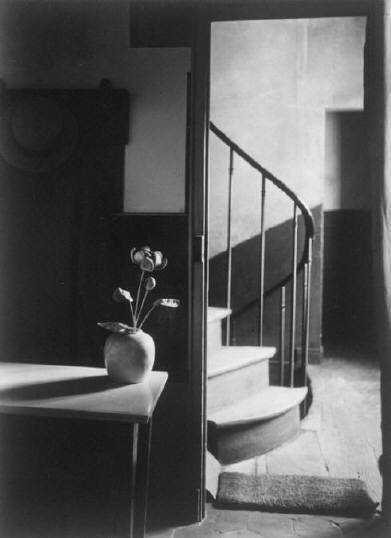
André Kértész, Chez Mondrian, 1926
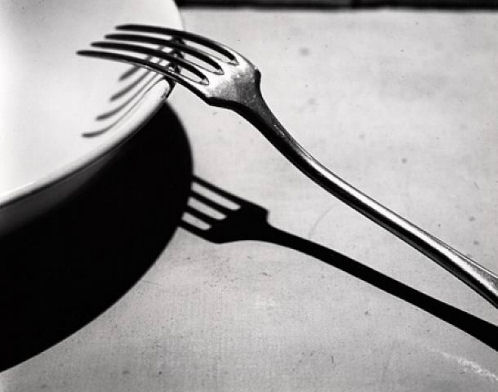
André Kértész, The Fork, 1928
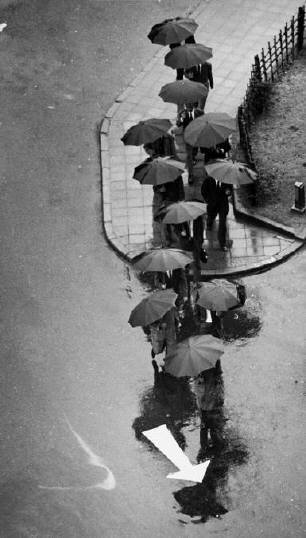
André Kértész, Rainy Day Tokyo, 1968
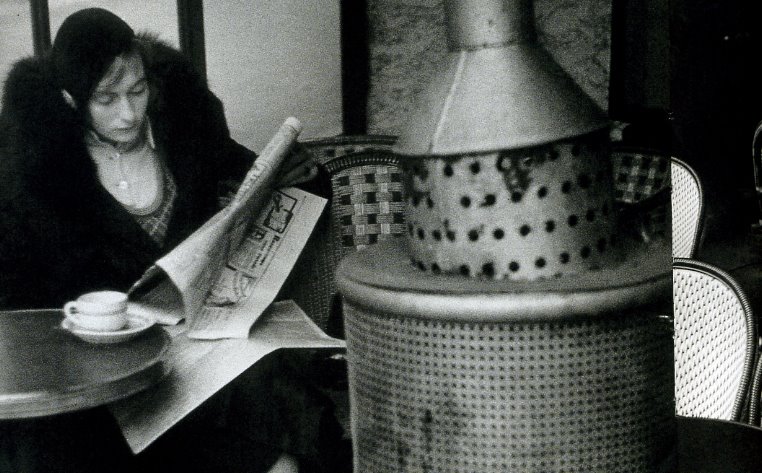
André Kértész, Café du Dome, 1928
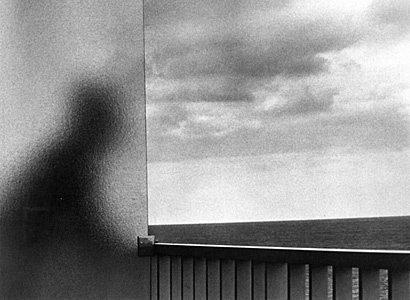
André Kértész, Martinique, 1972
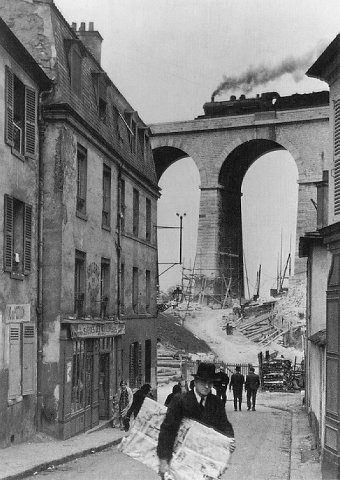
André Kértész, Meudon, 1928
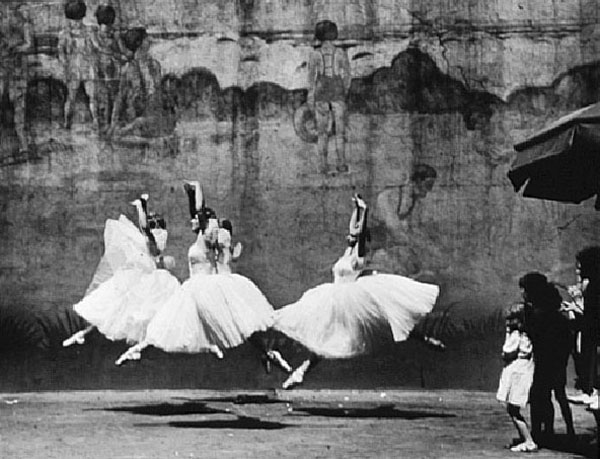
André Kértész, Ballet, 1938

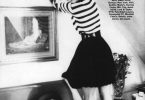
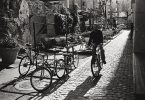
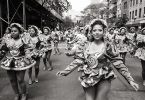

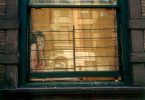

Truly a master …